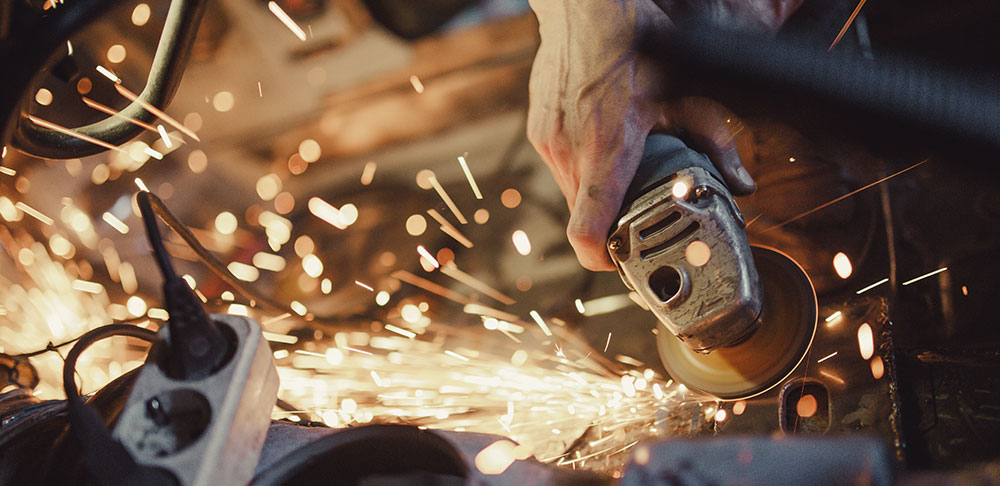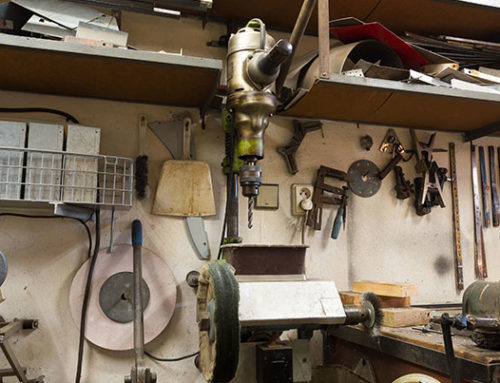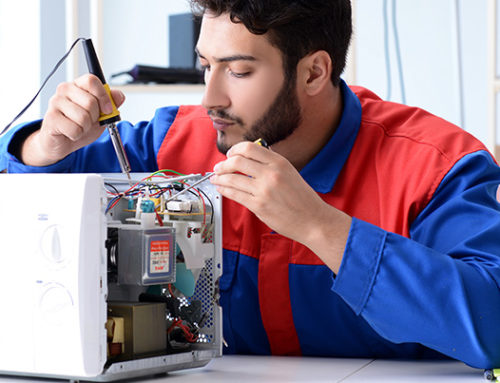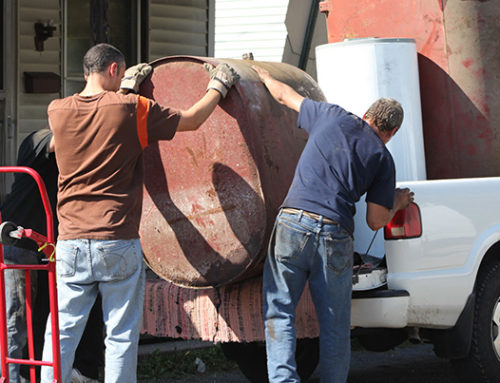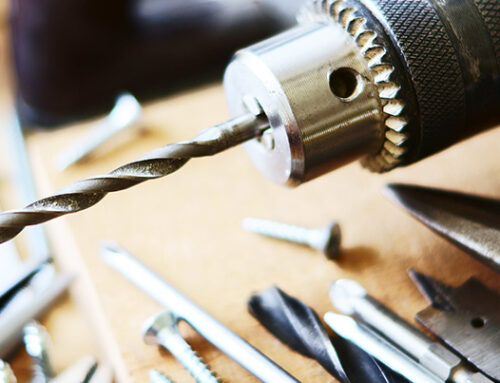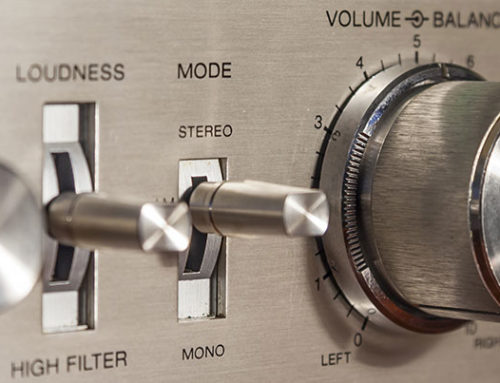When gathering scrap metals for recycling in the Dallas-Fort Worth metropolitan area, you will probably come across both cast iron and cast steel items. The good news is that both cast iron and cast steel are recyclable and will be purchased by Encore Recyclers and other recycling centers in the area.
The complication, however, is that they are different metals with different uses and will therefore have different values.
The Differences between Cast Iron and Cast Steel
The main chemical difference between all irons and steels (whether cast or not) is that iron is a pure metal and steel is an alloy. An alloy is a metal made from blending an ore (a pure metal extracted from the earth, like iron or copper) with other materials in order to give it different characteristics. Steel is made from iron, but always has at least one other chemical component added.
The major chemical component that is added to iron to make steel is carbon, which lends the steel additional strength when compared to iron. Different chemicals are added to make different types of steel—for example, the type of steel used in the structure of a skyscraper will differ greatly from the type of steel used in a rocket.
Cast iron is generally easier for metalworkers to pour into a mold—which is why architectural features such as fences, especially fences with elaborate decorative designs, are made with cast iron. Cast iron is also cheaper because it is easier to make chemically; nothing has to be added to the metal after it is mined and purified.
Cast steel, however, does not break on impact as easily as cast iron, because the carbon and other chemicals added to cast steel make it stronger. This means that anvils are often made with cast steel, because they can be struck over and over again without breaking.
There are other pros and cons to using cast iron versus cast steel, but these are the major ones. Essentially, these do not make one better than the other overall, but they do make cast iron better than cast steel in certain situations, and vice versa.
The Economics of Cast Iron and Cast Steel
Because they are used for different reasons, the supply of and demand for cast iron and cast steel often change. This causes the price for each to fluctuate regularly, as with other metals. Even though cast iron and cast steel are chemically very similar, they can have vastly different values at different times.
How to Tell Cast Iron and Cast Steel Apart
This means that, depending on the current market, you may want to save your cast iron until the price improves, and sell all your cast steel before the price drops (or, just the opposite). To make informed decisions about what to sell and when to sell it, you need to be able to tell cast iron and cast steel apart.
The easiest way to tell cast iron and cast steel apart is through what is called a spark test. To perform a spark test, you will need to apply a sample of the material at hand to an abrasive wheel, which will cause sparks to shoot out. By making a visual inspection of the sparks, an experienced metalworker will be able to tell iron from steel.
While you will get better with experience, it’s a good idea to have a guide at hand when it comes to visually inspecting sparks for the first few times. This guide to telling cast iron and cast steel apart by their spark patterns will certainly help.
In addition to looking at spark pattern, watch for color. Steel will most often give off bright yellow sparks, whereas iron releases more red or orange sparks.
If you do not feel confident telling the sparks apart at first, you can use a comparison. Get a sample of a substance you know for sure is cast iron and one you know for sure is cast steel, and do a visual inspection of each of their sparks. Then do a spark test on an item you are trying to identify, and decide which material your item’s sparks look more similar to.

